Cheese gets a bad rap sometimes, like it’s the villain in the story of healthy eating. But let’s be real: life’s better with a little cheese. Not all cheeses are created equal, though. These top 10 healthiest cheeses, in particular, are like the superheroes of the dairy world, sneaking in protein and calcium while keeping the sneaky calories and fat in check.
If you’ve ever felt guilty about grabbing that cheesy slice or sprinkling some on your salad, it’s time to relax. There are cheeses out there that won’t crash your diet party but will still make your taste buds happy. So, let’s cut through the cheese confusion and find the ones that make healthy eating a little more fun and a lot yummier.
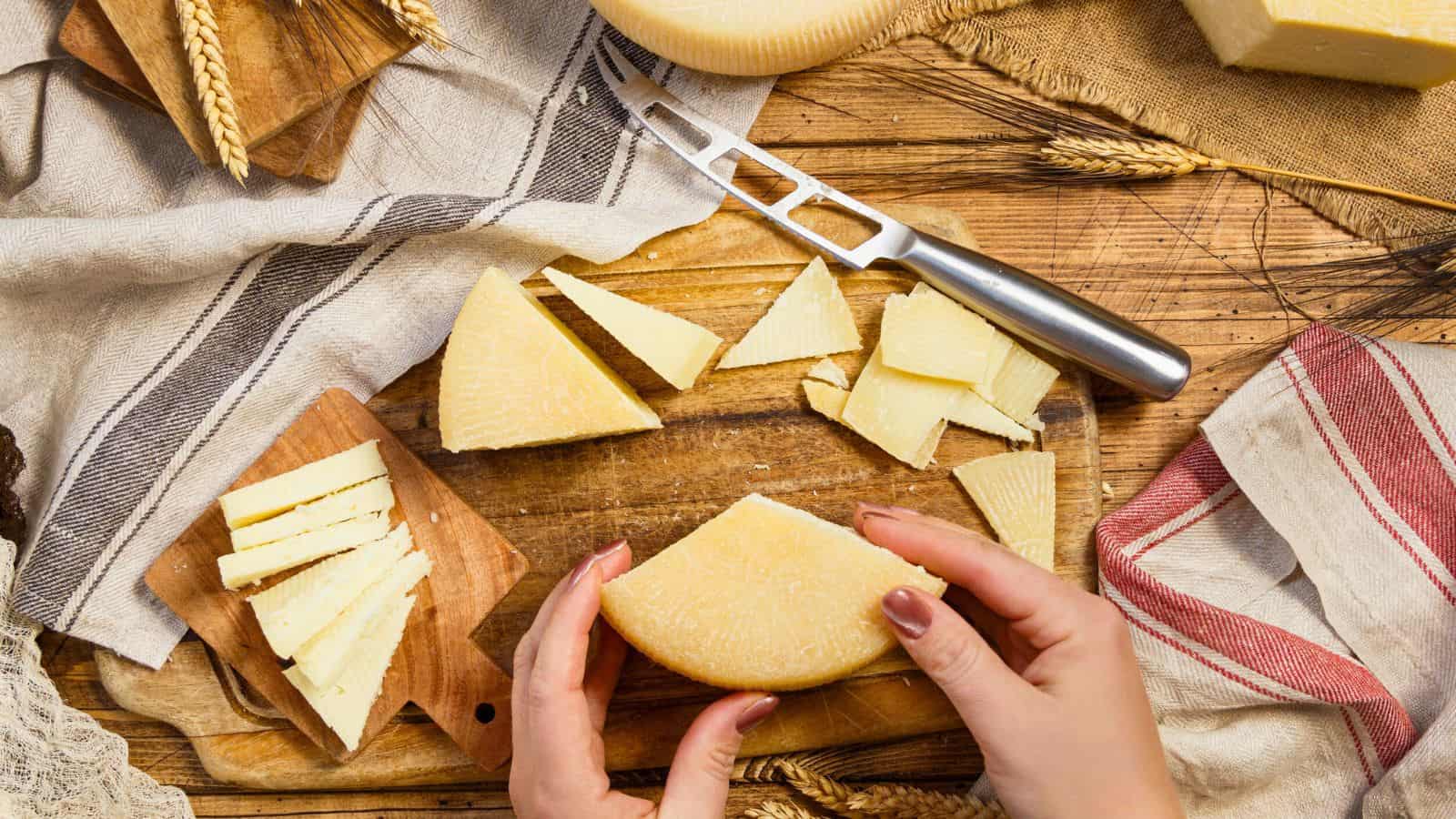
Feta Cheese
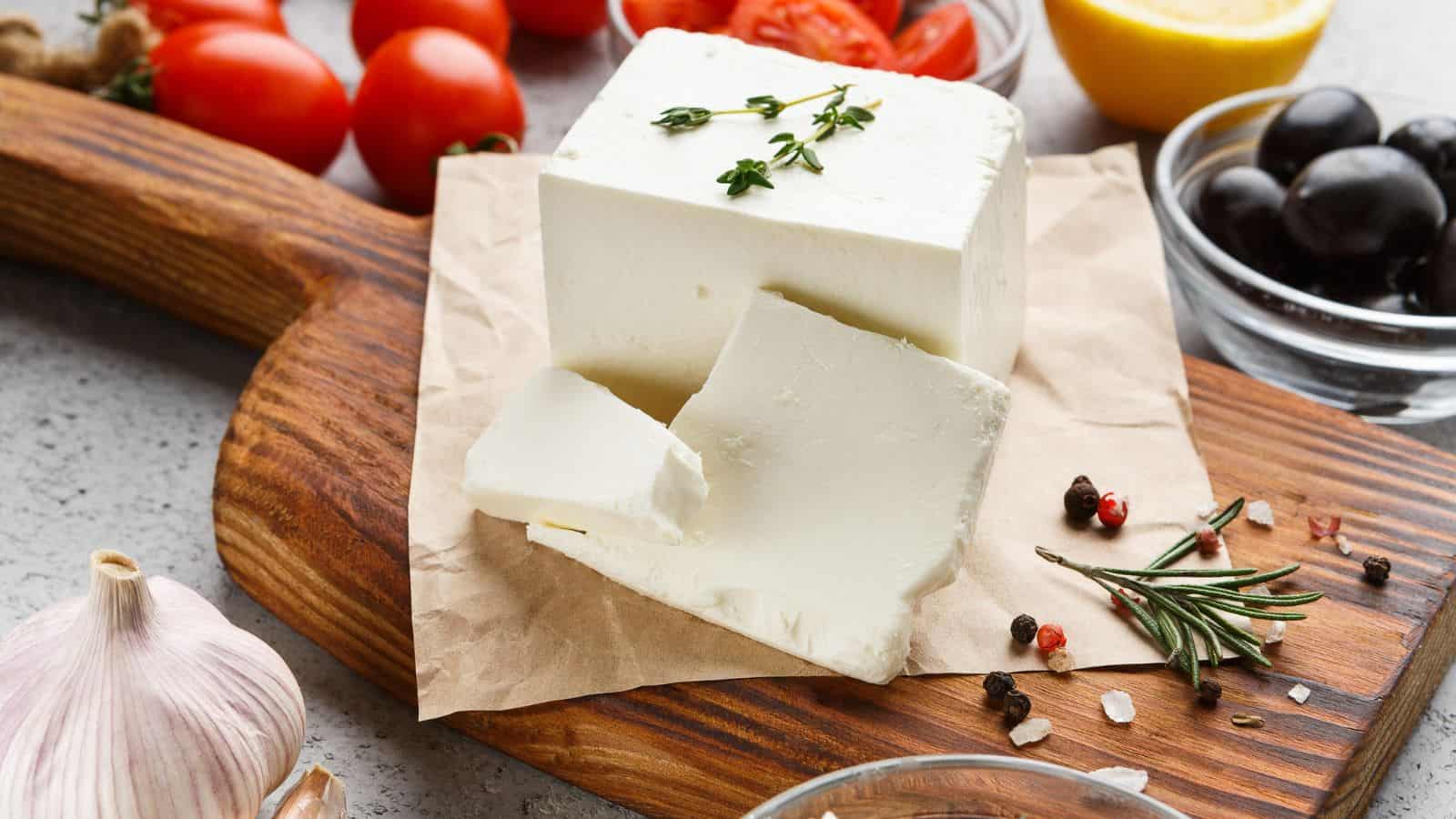
Feta cheese is a brined cheese traditionally made from sheep's or goat's milk. It tends to be lower in calories and fat than many other cheeses, making it a good choice for those monitoring their intake. Feta contains probiotics that support digestive health by maintaining a healthy balance of gut bacteria. It is also a solid source of calcium, which is vital for bone density, and B vitamins that play a role in energy production. Its crumbly texture makes it easy to sprinkle over salads, grains, or roasted vegetables for added flavor and nutrition.
Swiss Cheese
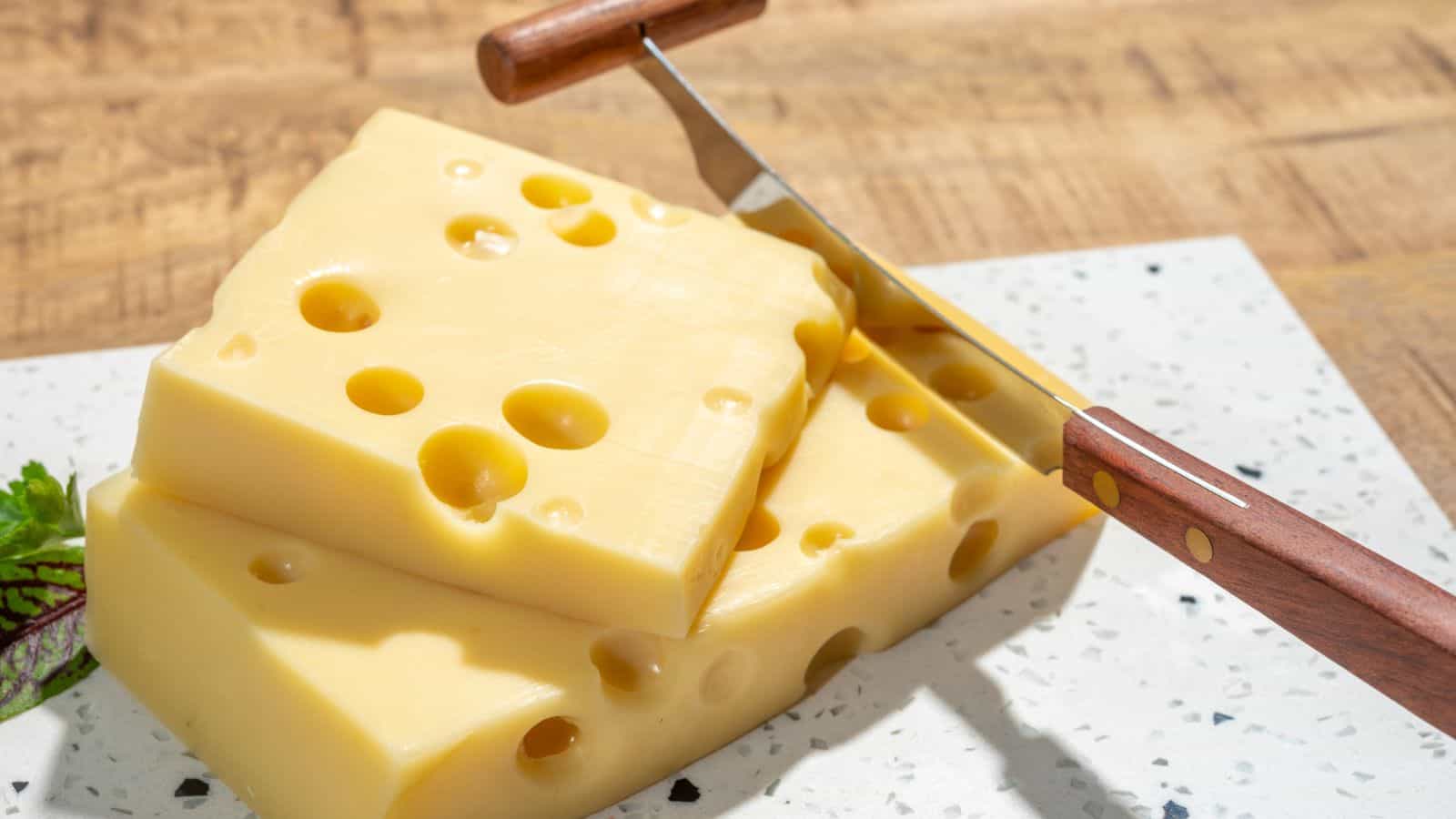
Known for its characteristic holes and mild, nutty flavor, Swiss cheese contains a good amount of protein and calcium, supporting muscle and bone health. It typically has less sodium compared to many other cheeses, which can be beneficial for those monitoring salt intake. The presence of vitamin B12 contributes to maintaining healthy nerve cells and red blood cell formation. Its firm texture allows it to be sliced easily, making it a popular choice for sandwiches and snacks that combine nutrition with convenience.
Parmesan Cheese
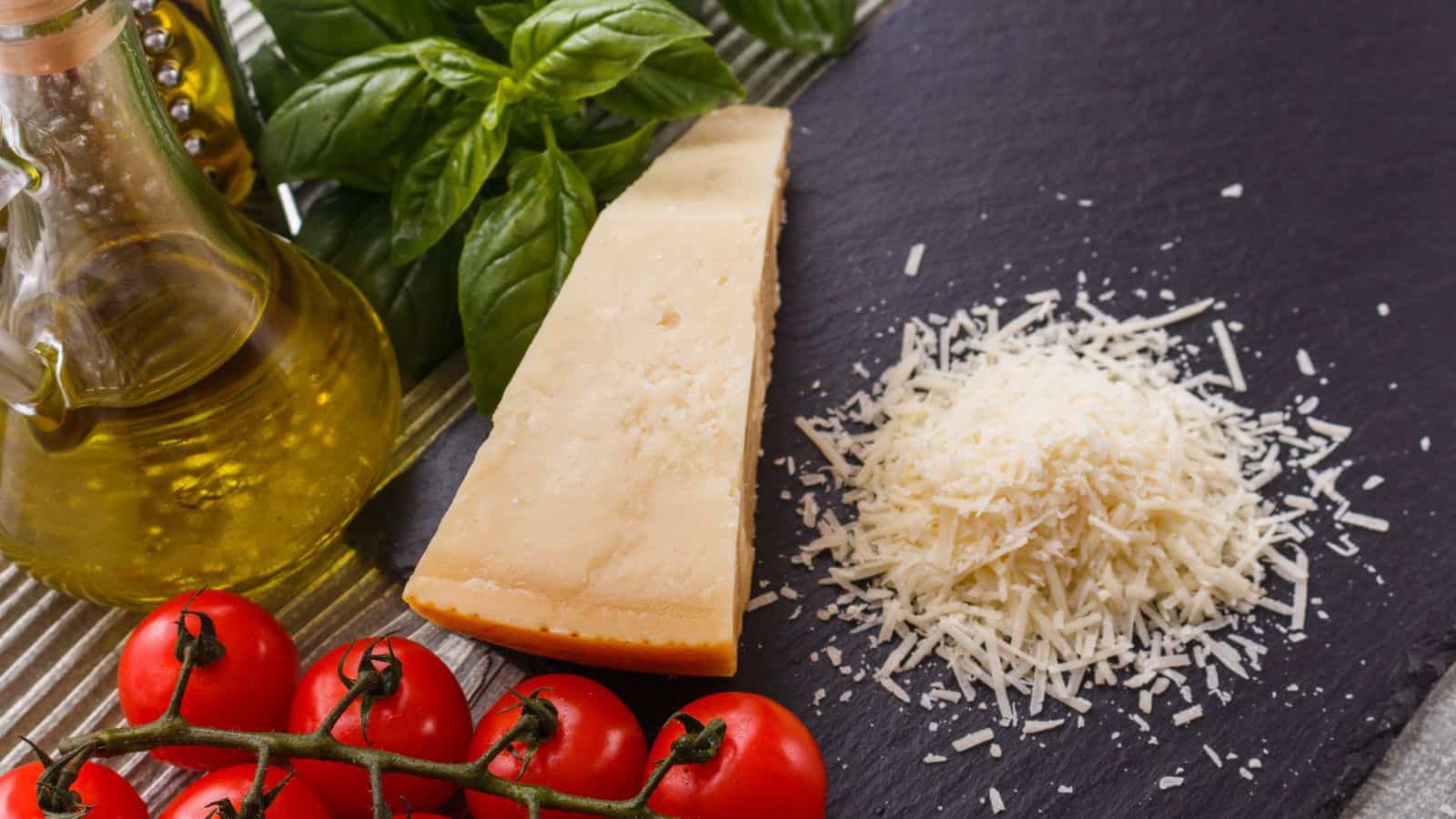
Parmesan is a hard, aged cheese known for its strong flavor and granular texture. It has a high concentration of protein and calcium, which support muscle function and bone health, respectively. Due to its intense taste, only small amounts are needed to enhance the flavor of dishes, which helps control calorie intake. It also contains vitamin B12, important for nerve function and red blood cell production. Parmesan is often grated over pasta, soups, or salads, where its distinctive sharpness can enrich the dish without adding excess volume.
Ricotta Cheese
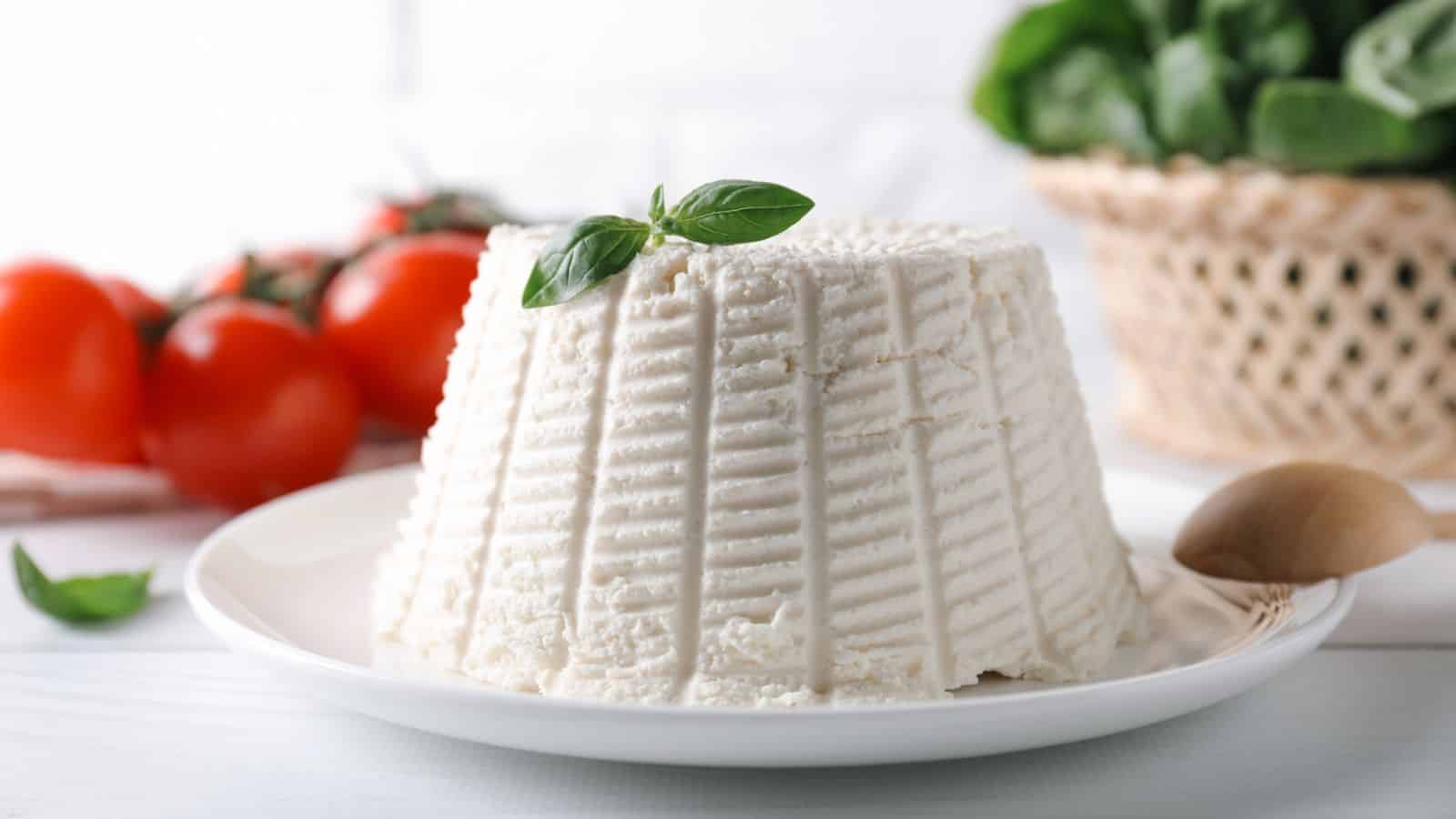
Ricotta cheese is made from the whey left over after other cheeses are produced. It has a creamy, slightly grainy texture and is rich in protein, which helps with muscle maintenance. Ricotta is lower in fat compared to many aged cheeses and contains important nutrients such as calcium and vitamin A, both essential for bone strength and immune function. It can be incorporated into dishes ranging from savory to sweet, adding moisture and richness without excessive heaviness. This cheese is often used in recipes requiring a soft, spreadable cheese.
Goat Cheese (Chevre)
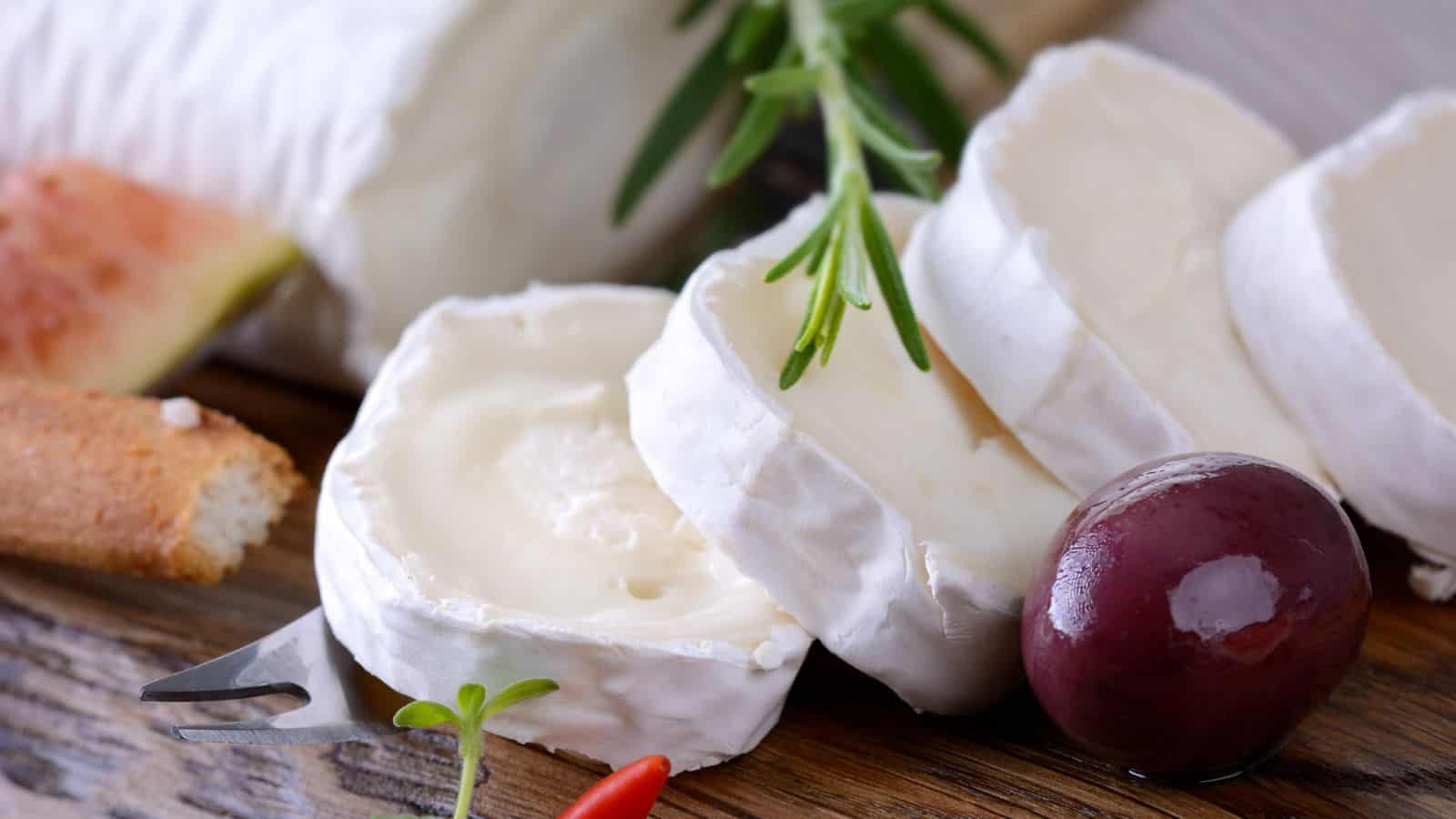
Easier digestion is often reported with goat cheese due to its lower lactose content, making it a favorable option for some with lactose sensitivity. It contains healthy fats and calcium, important for heart and bone health. The soft texture and tangy flavor can complement a variety of dishes, from salads to spreads. Goat cheese also tends to have smaller fat globules, which may enhance its digestibility. This cheese contributes beneficial nutrients without overwhelming meals with heaviness.
Grana Padano
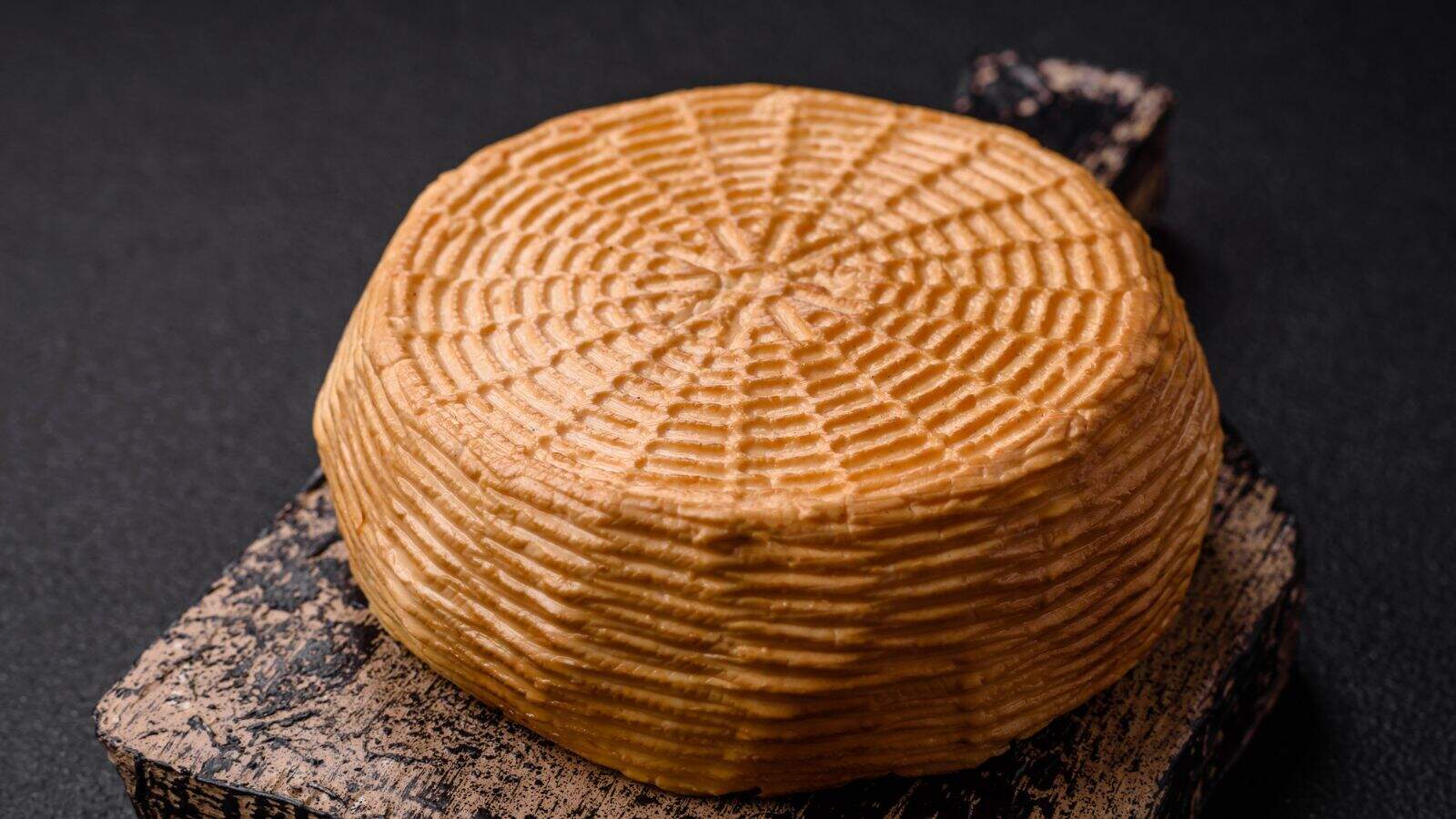
Similar to Parmesan but slightly lower in fat, Grana Padano is a hard, aged cheese with a granular texture. High protein and calcium content support muscle maintenance and bone health. Rich in vitamins and minerals, it adds nutritional value to dishes. Its strong flavor means only a small quantity is necessary to enhance meals, helping to manage calorie intake. Often grated over pastas, soups, and salads, it contributes a distinctive sharpness that complements a wide range of foods.
Paneer
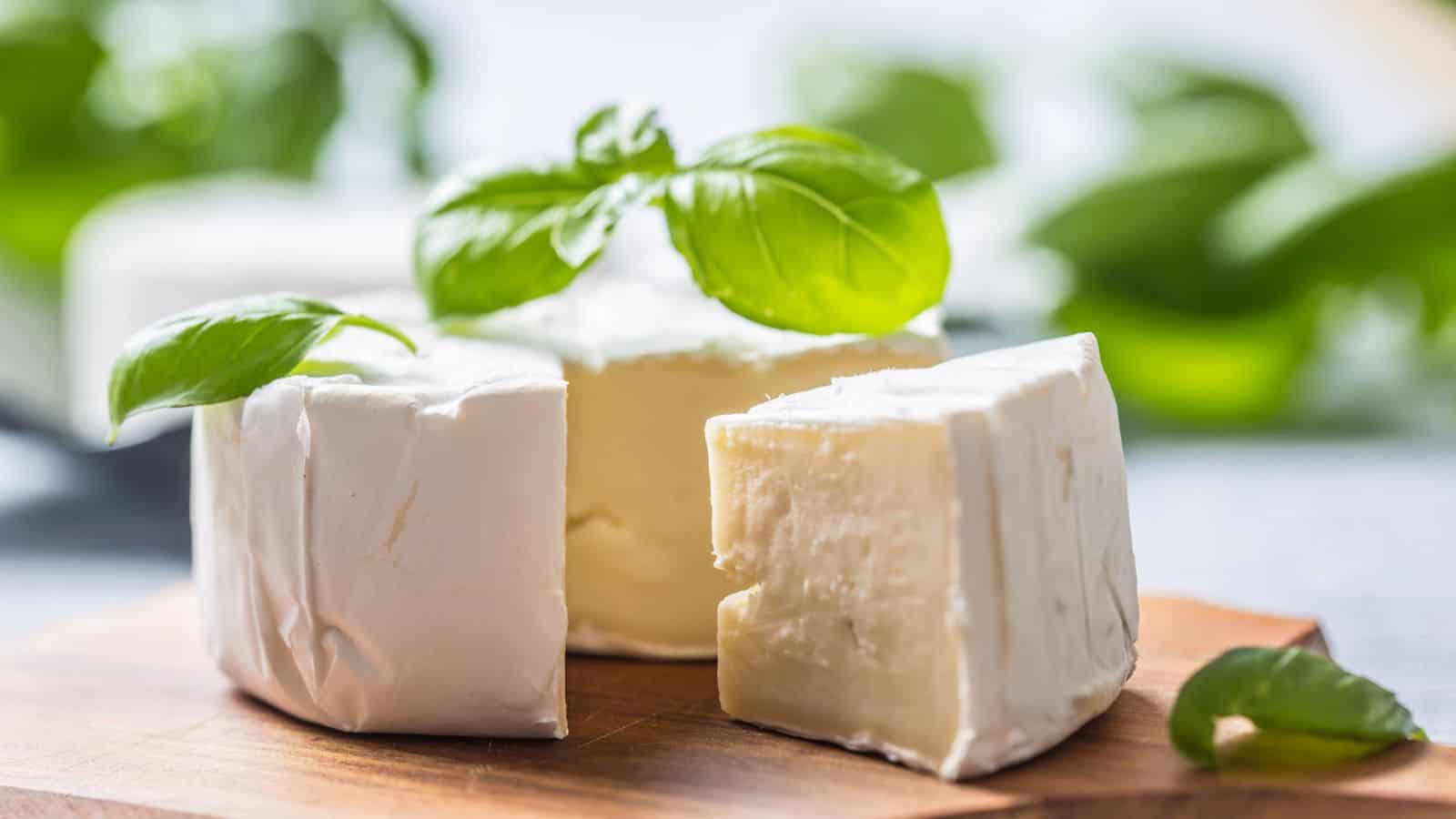
Popular in South Asian cuisine, paneer is a firm and non-melting fresh cheese. It is rich in protein and calcium, making it beneficial for muscle repair and bone strength. Low in carbohydrates, paneer fits well into diets that limit sugar intake. Its mild flavor allows it to absorb spices and seasonings effectively, making it adaptable to various recipes. This cheese is often cooked in dishes where it retains its shape, providing a substantial source of nutrients in many meals.
Cottage Cheese

Cottage cheese is a fresh cheese characterized by its soft, lumpy texture and mild flavor. It contains a significant amount of protein, making it popular among those seeking to support muscle growth and repair. Low in fat and calories, it fits well into many eating plans focused on health. This cheese contains calcium, which supports bone health, and B vitamins that contribute to energy metabolism. Its versatility allows it to be combined with fruits, vegetables, or eaten on its own as a nutritious snack or meal component.
Mozzarella (Part-Skim)
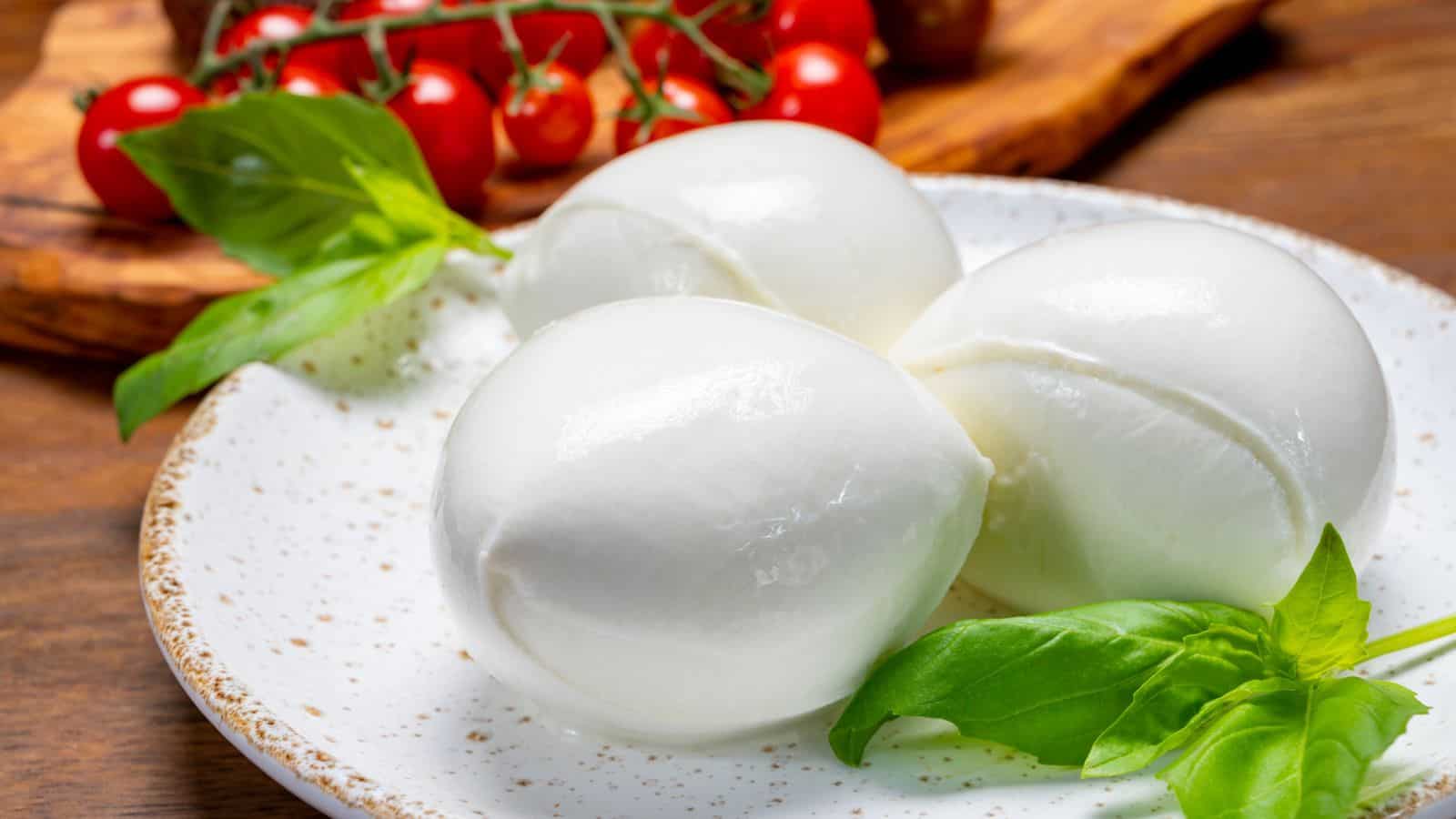
Part-skim mozzarella has reduced fat content compared to whole milk mozzarella, making it lighter in calories but still rich in protein and calcium. This cheese is known for its soft texture and mild taste, which complement many dishes without overpowering other ingredients. It contains probiotics that contribute to a healthy digestive system. The balance of nutrients makes it a common choice for those who want to maintain muscle mass while keeping fat intake moderate. It melts well, making it useful in a variety of preparations that require melted cheese.
Neufchâtel Cheese

Often considered a lower-fat alternative to cream cheese, Neufchâtel is soft and spreadable with a mild flavor. It contains protein and calcium, which support muscle and bone functions. Its creamy texture makes it useful in recipes that require a smooth consistency without excessive fat content. This cheese can be used in both sweet and savory dishes, adding richness with fewer calories. Its versatility makes it a practical choice for those seeking lighter dairy options without sacrificing texture.
Say Yes to Cheese

Cheese doesn’t have to be the enemy of healthy eating. With a little know-how, you can pick cheeses that bring good stuff like protein and calcium without turning your snack into a calorie bomb. It’s all about making smart choices that let you enjoy your food without feeling like you’re on a diet rollercoaster. Plus, who wants to live in a world without cheese? Not me!
So next time you’re staring down the cheese aisle, don’t panic. There are plenty of great options that fit right into a balanced lifestyle. You can have your cheese and eat it too, without the drama. Just remember, it’s about balance, not perfection. Keep it simple, pick the right kinds, and enjoy every bite without overthinking it. Cheese can be part of your healthy routine, and that’s something worth smiling about.
Watch Out For These Unhealthy Foods at Mediterranean Restaurants

Mediterranean food gets a lot of love for being fresh and healthy, but let’s be real—sometimes it’s sneaky. You think you’re ordering a light, guilt-free meal, and then bam! Fried stuff, creamy dips, and sugar-packed desserts show up like uninvited party guests. Knowing these 13 unhealthy Mediterranean foods to avoid at restaurants can save you big time!
Read it Here: Watch Out For These 13 Unhealthy Foods at Mediterranean Restaurants
Fight Arthritis Pain and Inflammation With These Healthy Foods

Living with arthritis can be a challenge, impacting everything from daily activities to your overall mood. While medication is often necessary, what you eat can also play a crucial role in how you feel. These 13 foods for arthritis have natural anti-inflammatory properties that can help reduce joint pain and stiffness. With these, you can support your body and potentially ease some of the discomfort that comes with arthritis.
Read it Here: Fight Arthritis Pain and Inflammation With These 13 Healthy Foods






Tell Me What You Think!